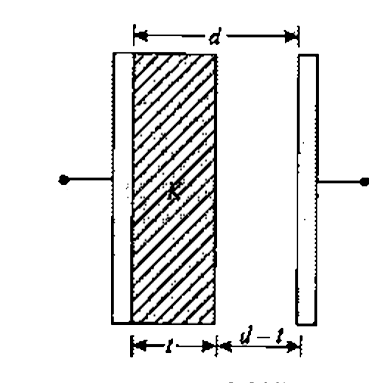A: Selection of recombinants due to inactivation of antibiotics is cumbersome procedure.
R: It requires simultaneous plating on two plates having different antibiotics.
If both Assertion & Reason are true and the reason is the correct explanation of the assertion
If both Assertion & Reason are true but the reason is not the correct explanation of the assertion
If Assertion is true statement but Reason is false
If both Assertion and Reason are false statements
The correct Answer is:A
Step by step video & image solution for A: Selection of recombinants due to inactivation of antibiotics is cumbersome procedure. R: It requires simultaneous plating on two plates having different antibiotics. by Biology experts to help you in doubts & scoring excellent marks in Class 12 exams.
Topper's Solved these Questions
- BOOK - AAKASH INSTITUTE ENGLISHCHAPTER - BIOTECHNOLOGY-PRINCIPLES AND PROCESSESEXERCISE - ASSIGNMENT SECTION-C (Previous Years questions )55videos
BIOTECHNOLOGY-PRINCIPLES AND PROCESSES
- BOOK - AAKASH INSTITUTE ENGLISHCHAPTER - BIOTECHNOLOGY AND ITS APPLICATIONSEXERCISE - ASSIGNMENT (SECTION - D) (ASSERTION - REASON TYPE QUESTIONS)10videos
BIOTECHNOLOGY AND ITS APPLICATIONS
- BOOK - AAKASH INSTITUTE ENGLISHCHAPTER - BODY FLUIDS AND CIRCULATIONEXERCISE - Assignment Section - D Assertion - Reason Type Questions9videos
BODY FLUIDS AND CIRCULATION
Similar Questions
In a bacterial culture, some of the colonies produced blue colour in the presence of a chromogenic substrate and some did not due to the presence or absence of an insert (rDNA) in the coding sequence of β - galactosidase.
(a) Mention the mechanism and the steps involved in this experiment.
(b) How is it advantageous over simultaneous plating on two plates having different antibiotics?View SolutionFor selection of recombinants, insertional inactivation of antibiotic marker has been superseded by insertional inactivation of a marker gene coding for a chromogenic substrate. Give reasons.
View Solution
Knowledge Check
- Question 1 - Select One
If a recombinant DNA bearing gene for resistance to antibiotic ampicillin is transferred to E.coli cells, the host cells become transformed into ampicillin resistant cells. If such bacteria are transferred on agar plates containing ampicillin, only transformants will grown and the untransformed recipient cells will die. The ampicillin resistant gene in this case is called as
1) selectable marker
2) recombinant protein
3) cloning site
4) chemical scalpelsA1) selectable markerB2) recombinant proteinC3) cloning siteD4) chemical scalpels
Some foreign DNA fragment is attached to Cla I site of pBR 322. This recombinant vector is used to transition Escherichia coli. The cells subjected to transformation are plated on two different media, one containing ampicillin and the other containing tetracycline. The transformed cells containing the recombinant vector will
View SolutionA: Many countries have banned the use of antibiotics in the cattle feed.
R: Dairymen give antiobiotics in the feed to the cattle and it becomes breedig grounds for the antibiotics in the cattle feed.
R: Dairymen give antibiotics in the feed to the cattle and it becomes breeding grounds for the antibiotic resistant bacteria.View SolutionReplica plate experiment by Lederberg showing antibiotic resistance proves
View SolutionTwo parallel plate capacitors are filled with dielectrics and connected separately across same potential difference as shown in figure. Their plate area is A and separation between plates is 'd'. Then the ration of energy stored is:
_2019_CBT7_E01_016_Q01.png) View Solution
View SolutionTwo parallel plate capacitors are filled with dielectrics and connected speparately across same potential difference as shown in figure. Their plate area is A and separation between plates is 'd'. Then the ration of energy stored is:
_2019_CBT7_E01_016_Q01.png) View Solution
View SolutionTwo large vertical and parallel metal plates having a separation of 1cm are connected to a DC voltage source of potential difference X. A proton is released at rest midway between the two plates. It is found to move at 45∘ to the vertical JUST after release. Then X is nearly
View SolutionA parallel plate capacitor consists of two metal plates of area A and separation d. A slab of thickness t and electric constant K is inserted between the plates with its faces parallel to the plates and having the same surface area as that of the plates. Find the capacitance of the system.
IF K=2, for what value of t/d will the capacitance of the system be 3/2 times that of the air capacitor? Calculate the energy in the two cases and account for the energy change.
 View Solution
View Solution

